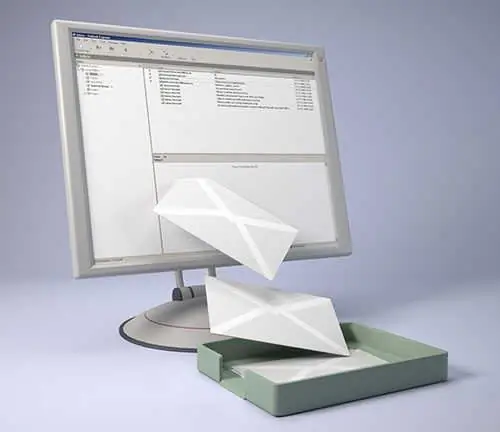- Author Lauren Nevill [email protected].
- Public 2023-12-16 18:48.
- Last modified 2025-01-23 15:15.
The ability to implement a huge number of functions - the server of outgoing messages. Thanks to this, the functions are always aware of resource changes. SharePoint Server 2010 has these capabilities.

Instructions
Step 1
You must have administrative access rights to install the SMTP service. Open the "Start" menu, click on "Administrative Tools", select "Server Manager". Find the "Components" item in this tab and click on it, and in the section titled "Component Summary" click on "Add Components".
Step 2
Select an SMTP server on the components page. Click on "Add Required Components" in the window titled "Add Components Wizard", then "Next". Click "Install" on the page where you need to confirm the selected item.
Step 3
Install IIS 6.0. In the "Server Manager" tab through the "Administration" item, click on "Roles", select "Add Role Services". There you will need to select the "Management Tools" item and also "IIS 6.0 Management Compatibility". Click Install. After you complete all of the above, you will have a configured domain sending emails.
Step 4
Now add another domain. Select the tab called "IIS 6.0 Manager" in the "Administrative Tools" item, then in the "Domains" context menu click on "New", then "Domain". Click next in the window called "New SMTP Domain Wizard" in the item "Remote" click "Next" and specify the domain name of the SMTP server. The domain name will be called microsoft.com if a server called Microsoft Exchange is used.
Step 5
Configure this added domain. To do this, check the box next to "Allow incoming mail to be relayed to this domain".
Step 6
Now you need to set up authorization on the target SMTP server. Select "Outbound connection security" in the domain properties, then click the required type of authorization. Configure your SharePoint mail settings. Select a SharePoint server in Central Administration.






